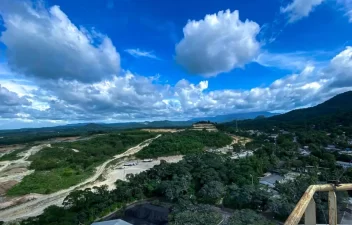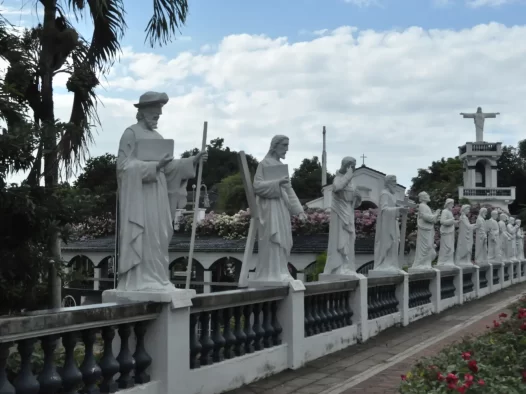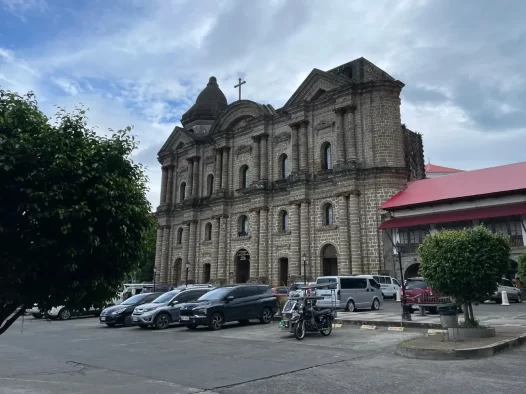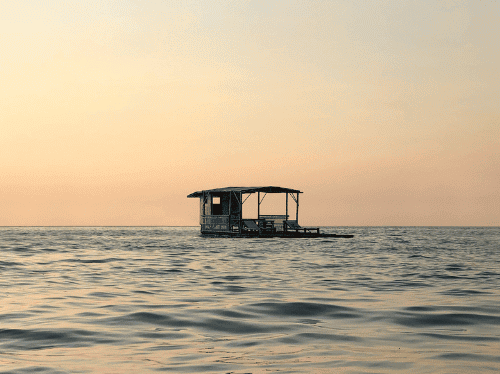Taysan
Taysan, a Second Class Municipality in Batangas Province, is dedicated to promoting sustainable Agro-Industry. With a focus on transforming agricultural farming into a thriving agribusiness sector, Taysan aims to adopt advanced farming technologies, provide training in modern farming techniques, establish stable supply chains, enhance agricultural infrastructure, and generate employment opportunities while prioritizing environmental conservation.
In addition to its agricultural endeavors, Taysan also encourages nature adventure tourism. The municipality boasts lush foliage, dense forests, meandering rivers, and captivating landmarks that provide opportunities for immersive nature experiences. Furthermore, Taysan takes pride in its sustainable tourism initiatives, particularly through culinary adventures that highlight a variety of delicacies skewered on bamboo sticks. This gastronomic journey is celebrated during the lively Tinindag Festival, showcasing the vibrant food culture of the region.
Taysan’s commitment to sustainable Agro-Industry and its promotion of nature adventure tourism and culinary delights make it an engaging destination for visitors seeking a blend of agricultural innovation, nature exploration, and cultural experiences.
History and Heritage
Taysan is a captivating landlocked municipality that offers a unique charm to its residents and visitors alike. Despite being landlocked, Taysan’s proximity to the coastal areas provides easy access to the stunning beaches and picturesque coastline of Batangas.
Covering a land area of 93.62 square kilometers or 36.15 square miles, Taysan constitutes approximately 3.01% of Batangas’s total area. This expansive territory encompasses diverse landscapes, including rolling hills, lush valleys, and fertile agricultural fields that contribute to the municipality’s thriving agro-industrial sector.
As of the 2020 Census, Taysan had a population of 40,146 residents, representing around 1.38% of the total population of Batangas province. Furthermore, Taysan constitutes approximately 0.25% of the overall population of the CALABARZON region, highlighting its significance within the larger regional context. With a population density of 429 inhabitants per square kilometer or 1,111 inhabitants per square mile, Taysan showcases a balanced distribution of residents across its vast land area.
Beyond its geographical features, Taysan boasts a vibrant community known for its warm hospitality, rich cultural heritage, and strong sense of unity. The municipality’s residents actively engage in various economic activities, including agriculture, trade, and services, which contribute to the local economy’s growth and development.
Climate
The rainy season starts in June and ends in November. When December comes, the people experienced a very cool dawn. The summer season on the month of March to the end of May.
If you prefer a hassle-free trip, you can rent a car or hire a private vehicle for more convenience and flexibility. Public transportation, such as buses and jeepneys, is also available and can be a more budget-friendly option.
Batangas: Where history, beauty, and resilience converge, creating a tapestry of captivating stories and unforgettable moments.
Tinindag Festival
The Tinindag Festival in Taysan, Batangas, uplifts the festive spirit of Filipinos and celebrates the spirit of Bayanihan. It serves as a platform to showcase the town’s amazing qualities in the province of Batangas. The highlight of the festival is the barbeque stick, and there are various activities and competitions that highlight the celebration. Taysenos proudly wear their creative indigenous tindagan-inspired costumes. Taysan is known for its specialty foods skewered on barbeque sticks, including mouthwatering dishes such as barbeque, bananacue, corn, kwek-kwek, hotdog, grilled milkfish, and more.
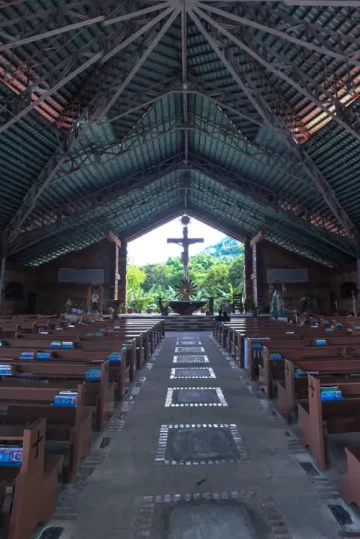
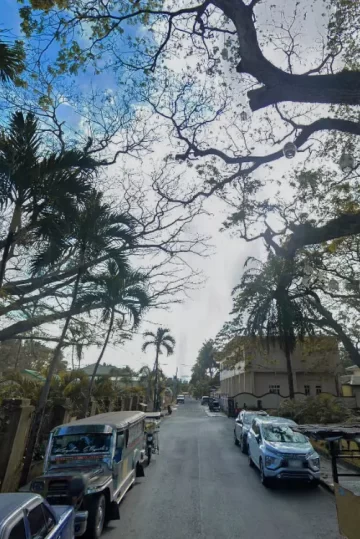

Local Attractions
Batangas in the Philippines offers a range of local attractions that cater to various interests. These are just a few of the attractions you can explore in Batangas. Whether you’re interested in history, nature, or relaxation, the city offers something for everyone.
Getting Around
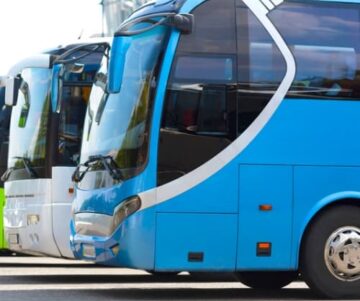
Buses
Buses provide transportation for longer distances, connecting Batangas with other regions and provinces. These buses have designated terminals and offer a more comfortable option for longer journeys.

Jeepneys
Jeepneys are a staple mode of public transportation in the Philippines. They are colorful, elongated jeeps that can carry multiple passengers. Jeepneys follow specific routes and have fixed fares.
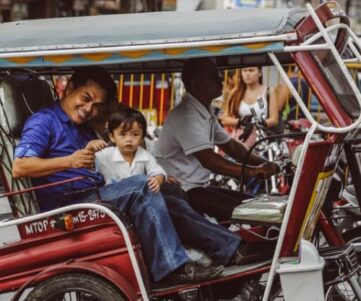
Tricycles
These motorized vehicles consist of a motorcycle with a sidecar, which can accommodate around 3 to 4 passengers. Tricycles are commonly used for short trips within the city, and fares are usually negotiable.
